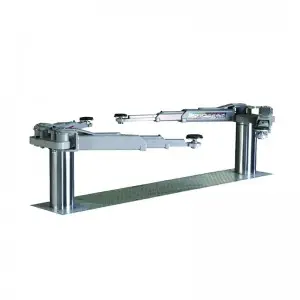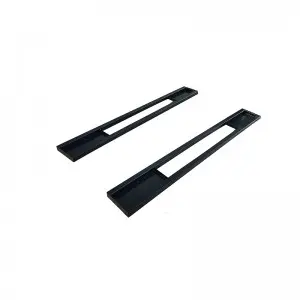The cylinder is a geometrical shape that has been used, studied, and revered for centuries. Its simple yet elegant form and its unique properties have made it a crucial element in various fields such as mathematics, engineering, and even art. From its symbolic significance in ancient cultures to its modern applications in technology, the cylinder continues to captivate our imagination and serve as a foundation for innovative designs.
The origin of the cylinder can be traced back to ancient civilizations, where it held great cultural and religious significance. In ancient Mesopotamia, clay cylinders called “cylinder seals” were used to create intricate impressions on clay tablets, serving as a form of identification or a mark of ownership. These seals were often beautifully carved with intricate designs and served as a testament to the artistic skills of the craftsmen during that time.
In the field of mathematics, the cylinder plays a vital role in various calculations and formulas. The formula for calculating the volume of a cylinder (V = πr²h) is well-known and widely used. This shape is also frequently encountered in day-to-day life, from cylindrical cans and bottles to pipes and columns. The practicality and reliability of the cylinder’s shape make it a preferred choice in many engineering applications.
One of the most famous applications of cylinders in modern times is the internal combustion engine. Originally developed by Nikolaus Otto in the 19th century, the concept of the cylinder revolutionized the automotive industry and created the foundation for the modern transportation systems we rely on today. The reciprocating motion of pistons within the cylinders, powered by the controlled explosion of fuel, drives the engine and propels vehicles forward. This innovation completely transformed the way people traveled and paved the way for rapid technological advancements.

The Fascinating History and Versatility of the Cylinder: From Ancient Times to Modern Applications
Another significant modern application of cylinders can be found in hydraulic and pneumatic systems. Cylinders are the primary components in these systems, responsible for converting fluid or air pressure into linear motion. Hydraulic cylinders are widely used in heavy machinery, construction equipment, and industrial systems. They leverage the incompressibility of fluids to generate force, enabling them to perform heavy lifting and precise movements. Pneumatic cylinders, on the other hand, utilize compressed air to create linear motion and are commonly found in applications such as automated machinery, robotics, and even door-opening systems.

The Fascinating History and Versatility of the Cylinder: From Ancient Times to Modern Applications
The cylinder’s versatility is also appreciated in the world of art and design. Many sculptors and artists have utilized the cylinder as a fundamental shape in their creations. The cylindrical form can evoke a sense of stability, balance, and harmony, making it a popular choice in sculptural compositions. From ancient Greek columnar architecture to modern sculptures by artists like Constantin Brâncuși and Claes Oldenburg, the cylindrical shape has found its way into various artistic expressions throughout history.

The Fascinating History and Versatility of the Cylinder: From Ancient Times to Modern Applications
In conclusion, the cylinder has a rich and fascinating history, with its influence spanning diverse fields and cultures. From its symbolic significance in ancient civilizations to its crucial role in mathematical calculations, engineering advancements, and aesthetic expressions, the versatility of the cylinder continues to shape our world. Whether it’s driving our vehicles, powering industrial machinery, or serving as a canvas for artistic creations, the cylinder truly embodies the essence of both form and function.ac series
